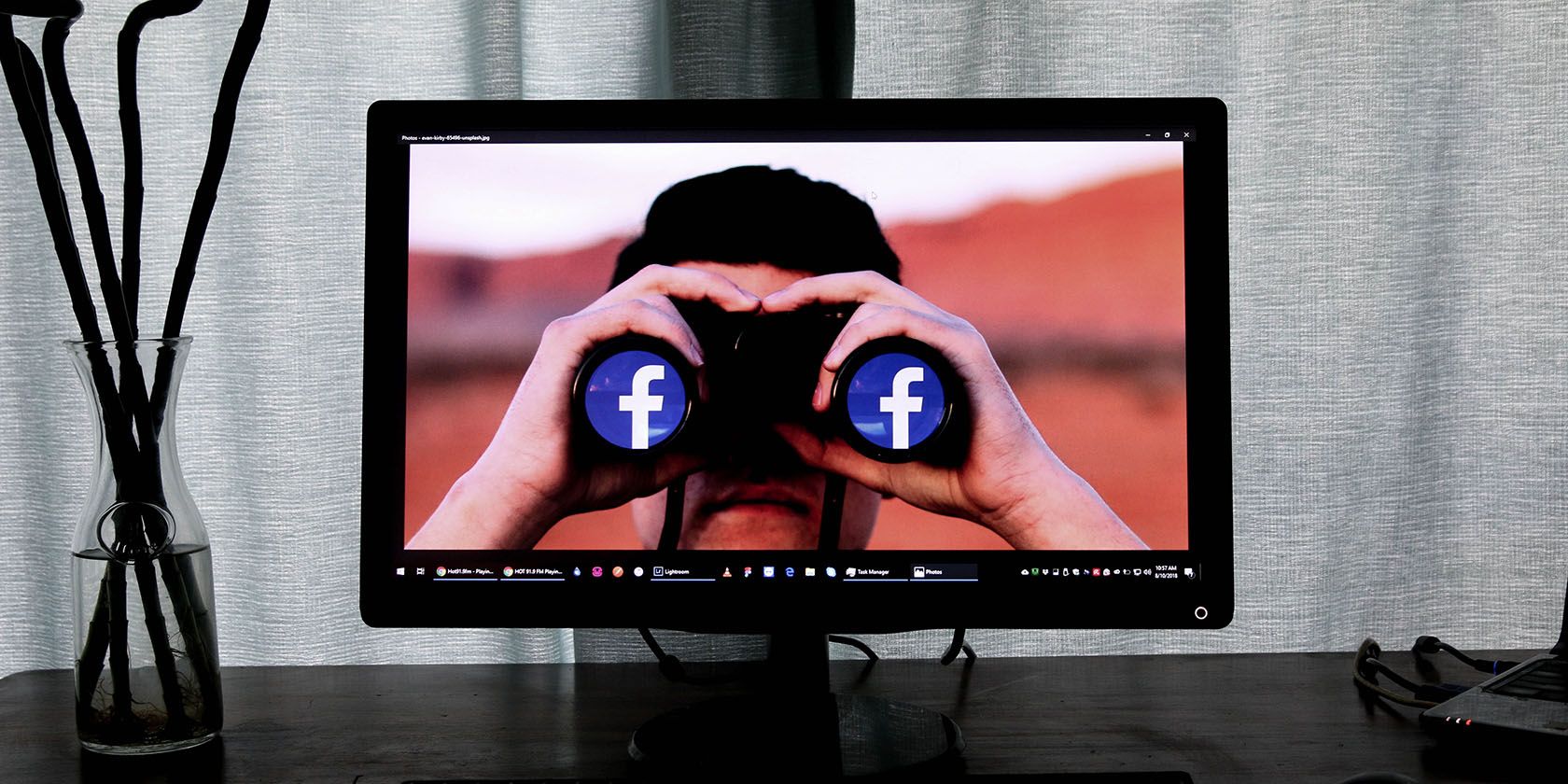Since the beginning of large-scale data proliferation in the early 2000s, there have been more than 4000 high-profile data breaches, with nearly a billion individuals’ data having been leaked or stolen so far.
Data breaches are dangerous not just because of their effect on user privacy, but also because they may end up being the difference between the life and death of a company. The substantial financial, as well as image loss caused by a data breach, is a chasm not many companies can cross successfully.
Today, let’s take a look at the worst data breaches in history and their implications.
1. 2018 Marriott International: Compromised Servers
The hack behind this data breach—one of the more insidious ones in this list—started all the way back in 2014, when the servers of Marriot’s current Starwood brand were compromised. While Starwood was an independent entity back then, it was acquired by Marriot in 2016 along with its yet undiscovered compromised record servers.
This hack was especially troubling due to the nature of the data that was stolen. The leaked personal information of nearly 500 million customers included names, addresses, credit card numbers, phone numbers, and also rarer prizes for hackers such as passport numbers, travel locations, and personal travel dates of customers.
Marriott International ended up facing a class-action lawsuit and saw an instant 5.6 percent drop in its net worth as a result of the breach. By early-2020, it had paid nearly $350 million in compensation to users whose data was exposed.
2. 2019 Facebook: Loose Ends in Security Protocols
In 2019, Facebook suffered from a couple of ludicrous security incidents that collectively exposed the vulnerability of the world’s largest social network.
The first part involved a leak of nearly 50 million Instagram user credentials online. The user data, stored in a plaintext file on a web server accessible by web tokens, was nothing but easy pickings for the sophisticated hacker groups that Facebook is usually targeted by.
The next data breach—a more intricate one—saw more than 540 million records of Facebook users publicly exposed on Amazon's cloud computing service. Two third-party sites (‘At the Pool’ and ‘Cultura Colectiva’) stored user information linked to their Facebook accounts in unprotected databases on Amazon’s web servers.
This meant that someone trying to access At the Pool or Cultura’s database would inadvertently gain access to Facebook data through a security loophole. The exposed databases contained personal phone numbers, Facebook IDs, and passwords, as well as sensitive demographic information such as gender and sexual orientation.
Along with a slight dip in Facebook’s stock market performance, the news of 2019’s data breach debacles worsened public opinion of Facebook and fuelled government investigations into how the company handles its user data.
3. 2019 First American Financial Corporation: Data Up for Grabs
In this data breach that was caused by an authentication loophole, nearly 885 million financial records were leaked in total.
Put simply, First American stored its users’ sensitive records by using unique and hard-to-guess weblinks. There was no password protection or encryption of data whatsoever. If you had the time and resources to guess a web link, you could gain instant access to a record on the company’s servers. Hackers, by automating the process of generating these weblinks—which followed a certain pattern—managed to gain access to nearly all of First American’s customer information.
This data breach is especially infamous for the sensitivity of the data that it leaked. In the breach, hackers gained access to bank statements, mortgage and tax records, social security numbers, and driver's license images.
As a result of the data breach, the company not only lost a good amount of its consumer base but was also on the receiving end of a class-action lawsuit. Currently, it is also being investigated by regulators for violations of laws that require banks and other financial services companies to implement and maintain cybersecurity protocols.
4. 2013 Yahoo: Undetected Disaster
Last but not the least, the unwanted but well-earned title for the world’s worst-ever data breach ever goes to this 2013 event, largely because it managed to remain undetected for nearly three years.
In September 2016, Yahoo announced that the information of all its 3 billion user accounts was stolen by hackers three years prior in 2013. The company was only able to detect the breach when it saw its user data being sold in underground hacker forums and marketplaces.
In what was speculated to be a hack backed by Russian hacker groups, data including names, email addresses, telephone numbers, birth dates, encrypted passwords, and, in some cases, even security questions were stolen.
The leak of such information was disastrous not only because it gave hackers access to Yahoo accounts, but also leaked users’ connections to their banks, social media profiles, other financial services, and friends and family.
To make matters worse, more than 150,000 United States government and military accounts were among the victims of the data breach. Unfortunately for Yahoo, this news could not have come at a worse time. It was only two days until the signing of Verizon’s acquisition of Yahoo when details of the company’s worst-ever data breach made headlines.
Not only did the event cast a cloud of uncertainty over the future of the deal, but also compelled Yahoo to make drastic organizational and structural changes before it could call itself market worthy. Eventually, the deal was pushed back by almost a year and the incident knocked nearly $350 million off Yahoo’s sale price.
Yahoo also faced 23 high-profile lawsuits, and several thousand smaller ones by its users. It eventually ended up paying nearly $150 million in legal pay-outs and compensations.
What You Can Learn From the Worst Data Breaches Ever
Deeply terrifying and unsettling as they may be, these incidents are merely the tip of the iceberg. While the companies responsible for losing user data may face short term consequences, they may eventually recover by gaining back public trust and repairing their financial losses.
The impact on users, though, might be more adverse and long-term. As long as user data is freely available on underground forums and marketplaces, people will continue to fall prey to identity theft, bank theft, and even blackmail. With the decentralized dark web, there is bound to be an abundance of such platforms for the foreseeable future.
The irony of having the convenience of a highly personalized online experience is that our most personal and important data is often at the protection of complete strangers.
The best way to protect user data is not by entrusting it on layer-upon-layer of encryptions or firewalls, but responsible management of one’s own private information—monitoring and regulating the information we reveal, and where we reveal it.






